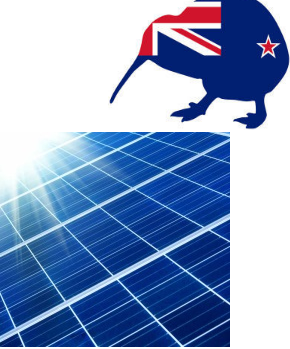
New Zealand Foreign Minister, Murray McCully, has announced that they will be supporting and funding a number of solar power systems in Samoa, Tuvalu and the Cook Islands.
“New Zealand is working in partnership with the Government of Samoa, the European Union, and the Asia Development Bank to increase the generation of renewable energy in Samoa,” Mr McCully says.
The partnership will construct a 2.2MW system at the Apia Sports Complex which will be the Pacifics highest electrical output from a single installation. Smaller systems will also be installed at their gymnasium as well as in the village district of Salelologa, east of Savaii.
“Renewable energy is a strong focus of New Zealand’s support to developing countries. The investments in Samoa reflect commitments made at the Pacific Energy Summit in Auckland last year,” Mr McCully says.
Tuvalu is in the situation where 95% of its energy needs are coming from diesel generation which is financially and environmentally unsustainable. The European Union (EU) and New Zealand are helping to change that to 90% of their energy usable coming from solar-hybrid systems installed on the islands of Niutao, Nanumanga, Nanumea and Vaitupu.
McCully says, “Funding from the EU will develop three further mini-grid systems on the Islands of Nukulaelae, Nukufetau and Nui.”
McCully has also visited the Cook Islands, Rarotonga where the New Zealand funded Te Mana o te Ra solar array is being constructed.
“When completed the Te Mana o te Ra solar array will generate 5 per cent of Rarotonga’s electricity needs – providing a significant boost to renewable energy in the Cook Islands,” says Mr McCully. “New Zealand has invested $3.3 million in the Te Mana o te Ra project as part of the European Union and New Zealand Energy Access Partnership.
“A $20.5 million contract is also now in place to deploy eight new solar-diesel powered mini-grid systems on six Northern Group Islands. All are due to be commissioned this year, and they will ensure the islands of Rakahanga, Pukapuka, Nassau, Penrhyn, Manihiki and Palmerston have a more sustainable and reliable source of electricity.”
